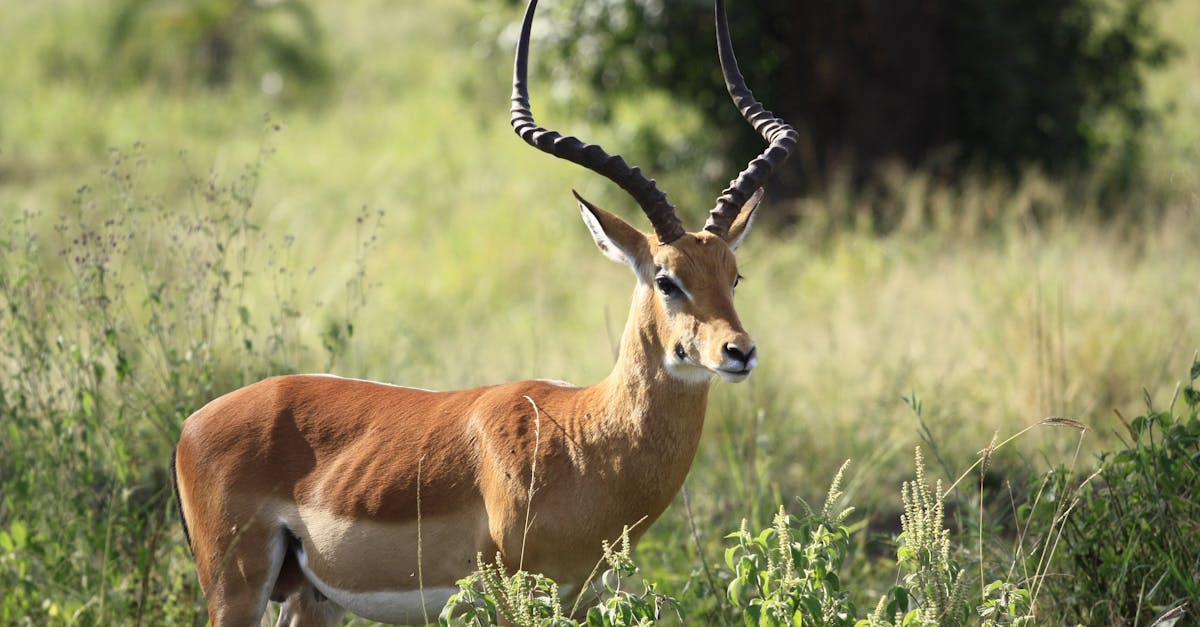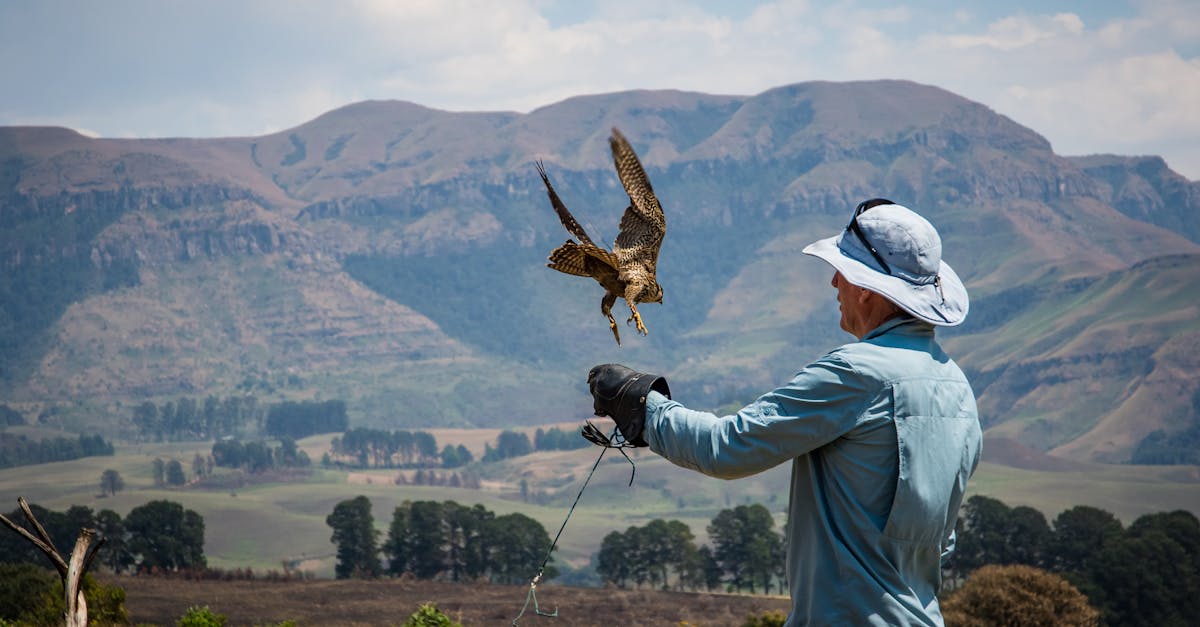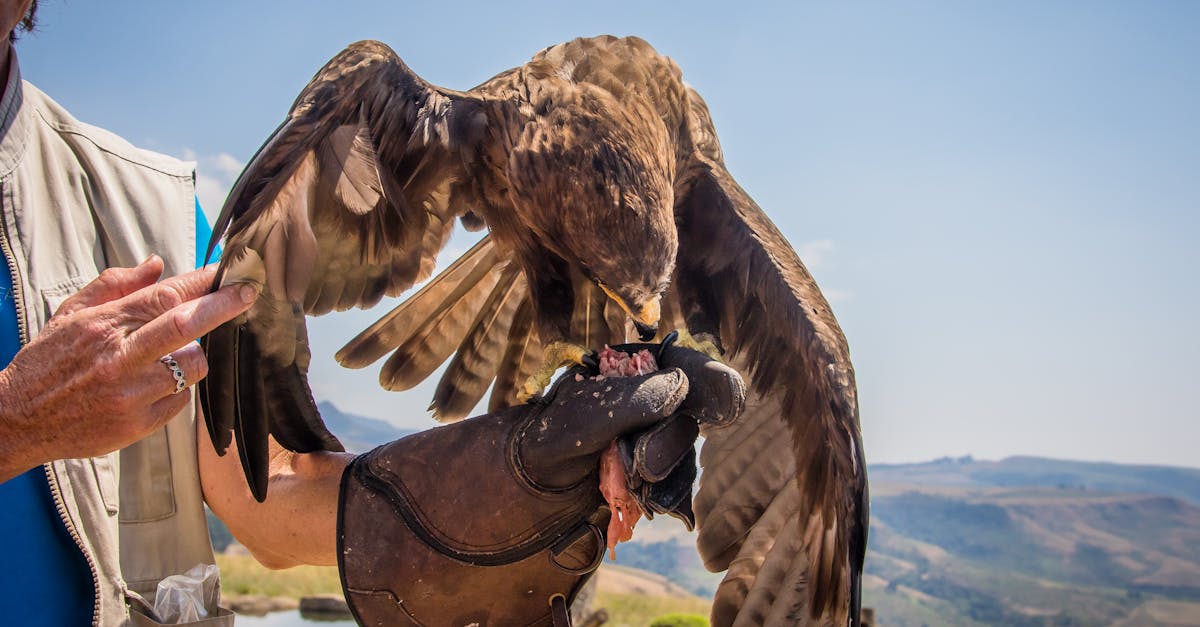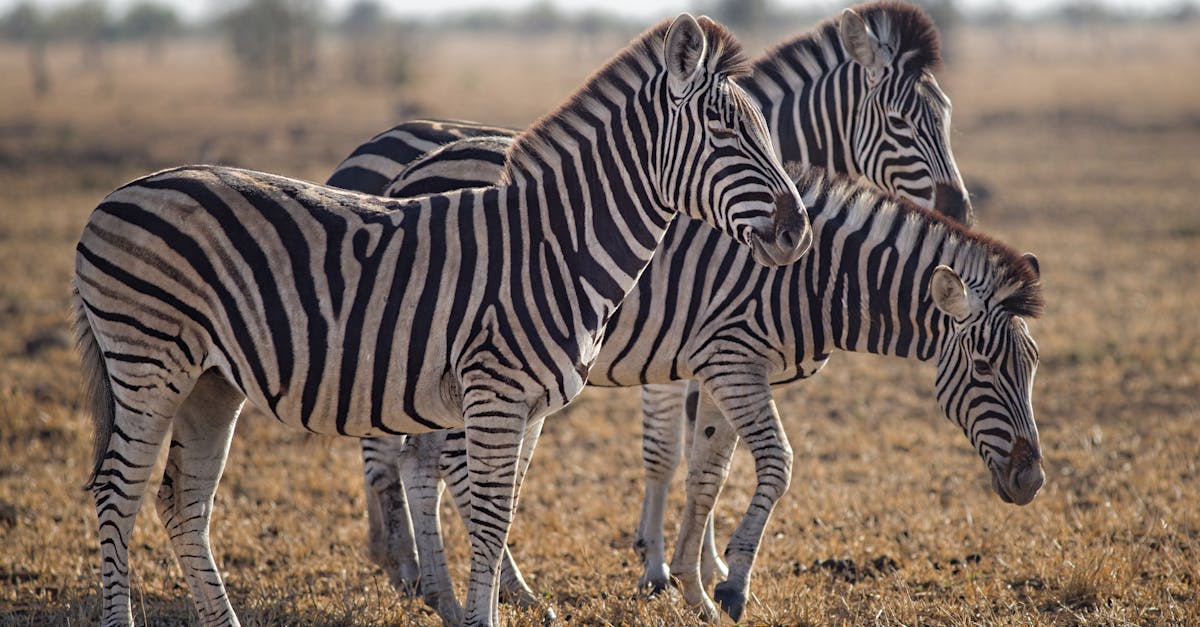Title: Sustaining African Wildlife Conservation
In the realm of wildlife conservation, Africa stands out for its breathtaking biodiversity and crucial conservation efforts. Discover the key strategies and initiatives essential for the lasting protection of African wildlife.
challenges facing African wildlife conservation

divergent wildlife conservation perspectives in africa
The challenges facing African wildlife conservation are multifaceted and complex, with divergent perspectives on how best to approach conservation efforts. Some stakeholders advocate for stricter regulations and enforcement to combat poaching and habitat destruction, while others argue for a more community-based approach that involves local communities in conservation initiatives.
the challenges of breeding and conserving rhinos without trade
One of the key challenges facing African wildlife conservation is the breeding and conservation of rhinos without resorting to trade. The debate around legalizing the trade of rhino horns continues to divide conservationists, with some arguing that legal trade could help fund conservation efforts, while others believe it will only fuel poaching and illegal trafficking.
in plan for african wildlife corridors, there’s more than one elephant in the room
The establishment of wildlife corridors in Africa is crucial for ensuring the long-term survival of many species, including elephants. However, the creation of these corridors is not without its challenges, such as land disputes, human-wildlife conflict, and the encroachment of human settlements on wildlife habitats.
both african elephant species endangered and critically endangered
African elephants, both the savanna and forest species, are facing a dire threat of extinction. Poaching for ivory, habitat loss, and human-wildlife conflict have decimated elephant populations across the continent. Urgent conservation efforts are needed to protect these iconic animals from disappearing forever.
in east africa, spread of sickle bush drives conflict with wildlife
The spread of the invasive sickle bush in East Africa poses a significant challenge to wildlife conservation efforts. This thorny shrub encroaches on grasslands, reducing grazing areas for wildlife and leading to heightened conflict with local communities. Finding sustainable solutions to control the spread of sickle bush is essential for preserving East Africa’s unique ecosystems.
lion lights: shedding light on wildlife protection in africa
Innovative solutions, such as lion lights, are emerging to address human-wildlife conflict and protect wildlife in Africa. These lights mimic the movements of humans, deterring lions from approaching livestock enclosures and reducing retaliatory killings. Such creative approaches are crucial for promoting coexistence between wildlife and communities.
wildebeest migrations in east africa face extinction. what must be done
The iconic wildebeest migrations in East Africa are under threat due to habitat loss, climate change, and human activities. Protecting key migration corridors, preserving critical habitats, and promoting sustainable tourism practices are essential to safeguarding this natural spectacle for future generations. Collaborative efforts involving governments, local communities, and conservation organizations are needed to ensure the survival of these awe-inspiring migrations.
By addressing these challenges with strong conservation policies, community engagement, innovative solutions, and sustainable practices, we can work towards a future where African wildlife thrives in its natural habitats.
community involvement in conservation efforts

Community participation is crucial in the fight against poaching in Africa. By involving local communities in wildlife conservation efforts, we can create a more sustainable and effective approach to protecting endangered species.
Empowering Women in Wildlife Conservation
More women are breaking barriers and pursuing careers in wildlife conservation, bringing diverse perspectives and skills to the field. Their contributions are invaluable in driving positive change and promoting community engagement in conservation efforts.
Recognizing Indigenous Peoples and Local Communities
The role of Indigenous Peoples and Local Communities in combating illegal wildlife trade cannot be understated. Their traditional knowledge and sustainable practices are essential in preserving African wildlife for future generations.
Guidance and Support for Local Communities
- Telegraph Hill’s use of Minecraft to raise awareness about wildlife conservation highlights the innovative ways we can engage communities in conservation efforts.
- Initiatives like the IUCN and IIED Guidance on Local Communities provide valuable resources to support communities as the first line of defense against illegal wildlife trade.
Building Resilient Futures
Creating climate-resilient futures for East African communities in wildlife management areas is essential for the long-term success of wildlife conservation efforts. By incorporating sustainable practices and community involvement, we can ensure a brighter future for both people and wildlife.
Global Partnerships for African Wildlife Conservation
International collaboration is key in addressing the challenges facing African wildlife conservation. With support from organizations and governments worldwide, we can work together to protect Africa’s precious biodiversity and promote sustainable conservation efforts.
role of education and awareness in wildlife conservation

bridging the gap between humans and leopards
Education and awareness play a crucial role in bridging the gap between humans and leopards in Africa. By understanding the behavior and habitat of these magnificent predators, local communities can coexist harmoniously with leopards, reducing conflicts and promoting conservation efforts.
kenya launches east, central africa elephant walk to boost wildlife conservation
In Kenya, initiatives like the East, Central Africa Elephant Walk aim to raise awareness about the importance of protecting elephants and their habitats. Through educational programs and community involvement, the local population is empowered to actively participate in conservation activities, safeguarding these iconic animals for future generations.
youth action for peace: jackline kyaruzi | united nations
The involvement of youth, such as Jackline Kyaruzi, in wildlife conservation is instrumental in driving positive change. Empowering young individuals through education and awareness campaigns not only fosters a sense of responsibility towards the environment but also inspires innovative solutions to protect African wildlife.
bbrc hosts sloth bear awareness sessions for schools located near forests
Initiatives like the Sloth Bear Awareness Sessions organized by the BBRC are vital in educating school children living near forests about the importance of coexisting with wildlife. By instilling a sense of respect and understanding for sloth bears and other species, future generations are more likely to become stewards of wildlife conservation.
students roar for wildlife conservation in india
Across India, students are actively voicing their support for wildlife conservation through various initiatives. By empowering young individuals to advocate for the protection of endangered species and their habitats, educational institutions are playing a significant role in fostering a conservation-minded generation.
the power of digital media in wildlife conservation
Digital media platforms have revolutionized the way information is shared and awareness is raised about African wildlife conservation. Through engaging content, campaigns, and online education, organizations can reach a global audience, inspiring individuals to take action and contribute to the preservation of Africa’s diverse fauna and flora.
In conclusion, education and awareness are powerful tools in African wildlife conservation, enabling communities, youth, and individuals to become proactive stewards of the environment. By fostering a sense of responsibility and appreciation for Africa’s natural heritage, we can collectively work towards a sustainable future where humans and wildlife thrive together.
